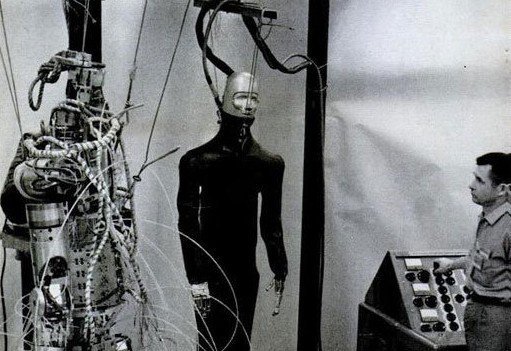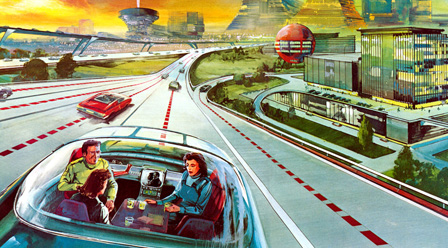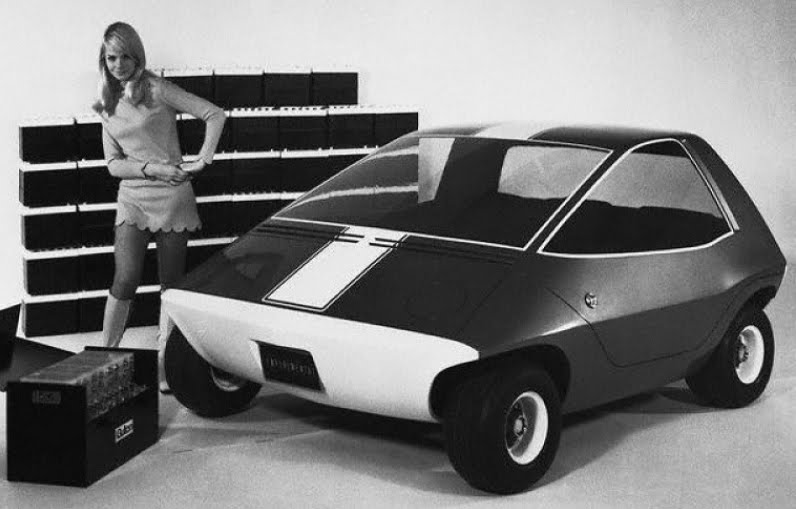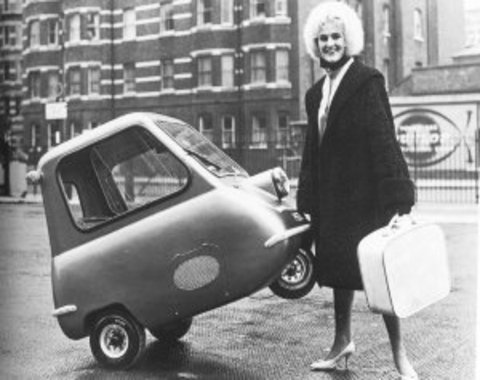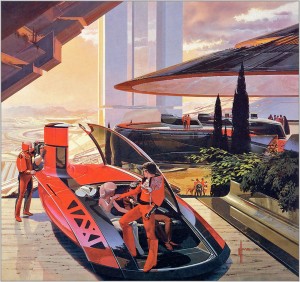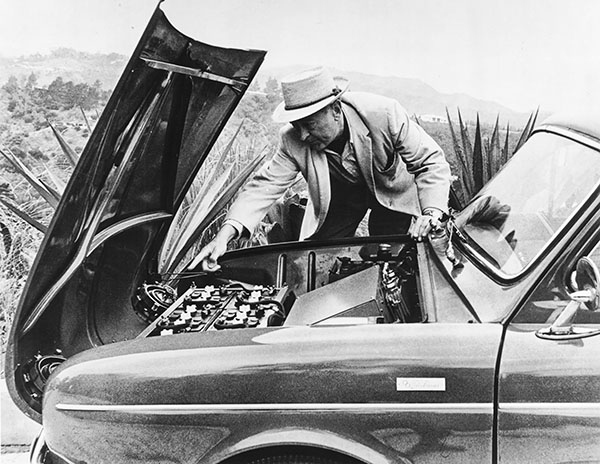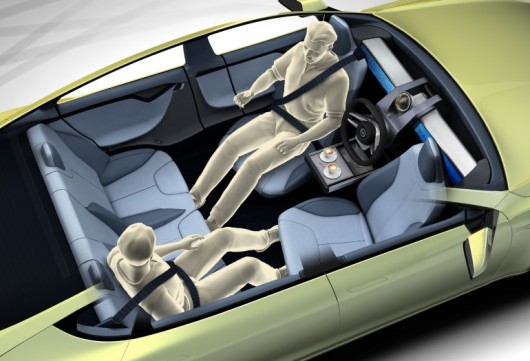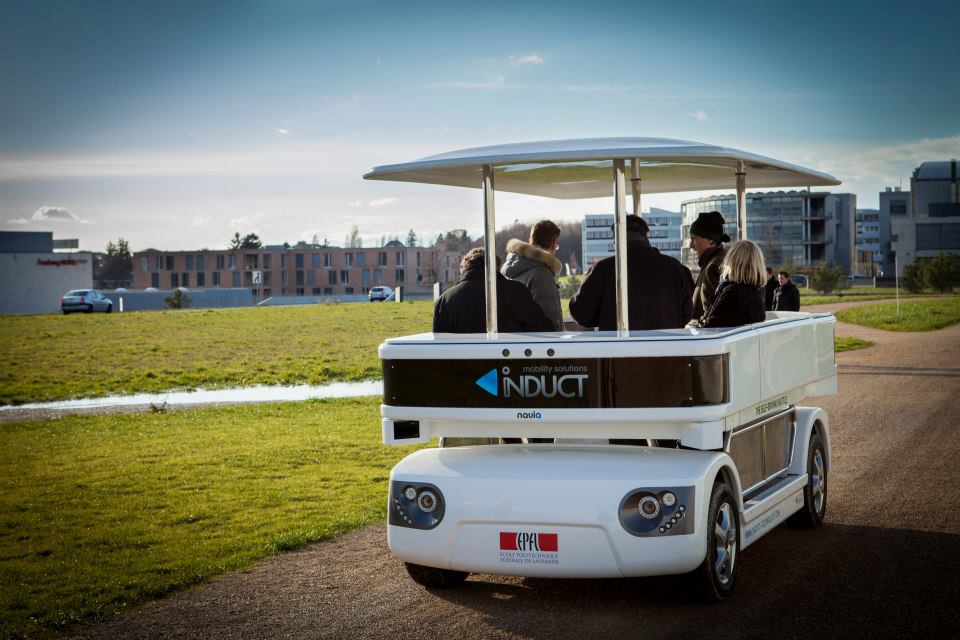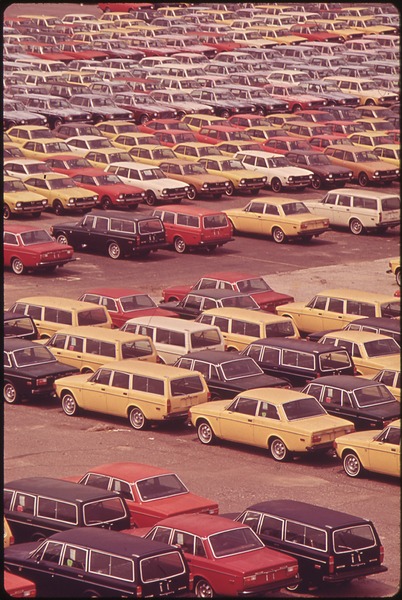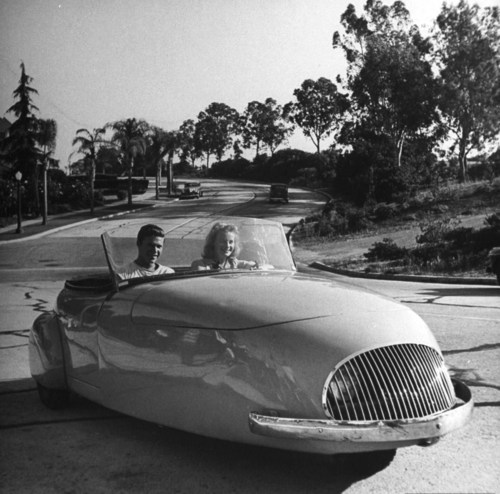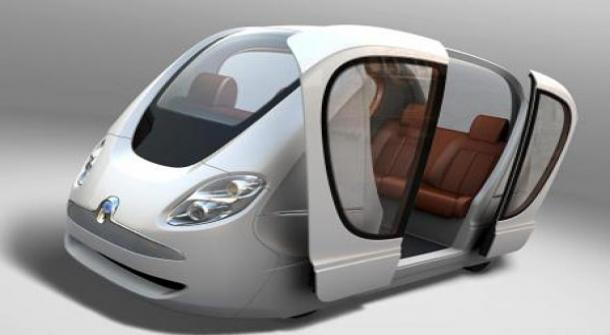
In a new blog post, Google driverless-auto consultant Brad Templeton explains one of the most challenging obstacles robocars will have to circumvent: ever-changing highways and byways. An excerpt:
“The road has changed
Let’s get to the big issue — the map is wrong, usually because construction has changed it.
First of all, we must understand that the sensors always disagree with the map, because the sensors are showing all the other cars and pedestrians etc. Any car has to be able to perceive these and drive so as not to hit them. If a traffic cone, ‘road closed’ sign or flagman appears in the road, a car is not going to just plow into them because they are not on the map! The car already knows where not to go, the question is where it should go when the lanes have changed.
Even vehicles not rated to drive any road without a map can probably still do basic navigation and stay within their lane markers without a map. For the 10,000 miles of driving you do in a year, you need a car that does that 99.99999% of the time (for which you want a map) but it may be acceptable to have a car that’s only 99.9% able to do that for the occasional mile of restriped road. Indeed, when there are other, human-driven cars on the road, a very good strategy is just to follow them — follow one in front, and watch cars to the side. If the car has a clear path following new lane markers or other cars, it can do so.
Google, for example, has shown videos of their vehicle detecting traffic cones and changing lanes to obey the cones. That’s today — it is only going to get better at this.
But not all the time. There will be times when the lanes are unclear (sometimes the old lanes are still visible or the new ones are not well marked.) If there are no other cars to follow, there are also no other cars to hit, and no other traffic to block.
Still, there will be times when the car is not sure of where to go, and will need help. Of course, if there is a passenger in the car, as there would be most of the time, that passenger can help. They don’t need to be a licenced driver, they just need to be somebody who can point on the screen and tell the car which of the possible paths it is considering is the right one. Or guide it with something like a joystick — not physically driving but just guiding the car as to where to go, where to turn.
If the car is empty, and has a network connection, it can send a picture, 3-D scan and low-res video to a remote help station, where a person can draw a path for the car to go for its next 100 meters, and keep doing that. Not steering the car but helping it solve the problem of ‘where is my lane?’ The car will be cautious and stop or pull over for any situation where it is not sure of where to go, and the human just helps it get over that, and confirms where it is safe to go.
If the car is unmanned and has no network connection of any kind, and can’t figure out the road, then it will pull over, or worst case, stop and wait for a human to come and help. Is that acceptable? Turns out it probably is, due to one big factor:
This only applies to the first car to encounter an unplanned, unreported construction zone
We all drive construction zones every day. But it’s much more rare that we are the first car to drive the construction zone as they are setting it up. And most of the rules I describe above are only for the first connected car to encounter a surprise change to the road. In other words, it’s not going to happen very often. Once a car encounters a surprise change to the road, it will report the problem with the map. Immediately all other cars will know about the zone.”

